I have never been forced to accept compromises but I have willingly accepted constraints.
Charles Eames
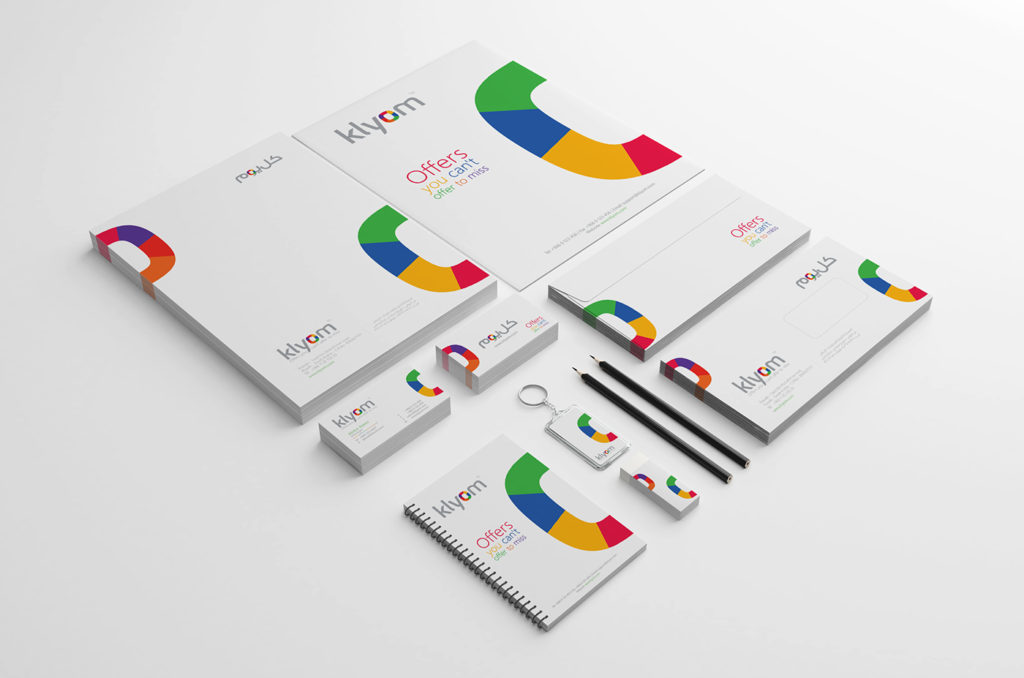
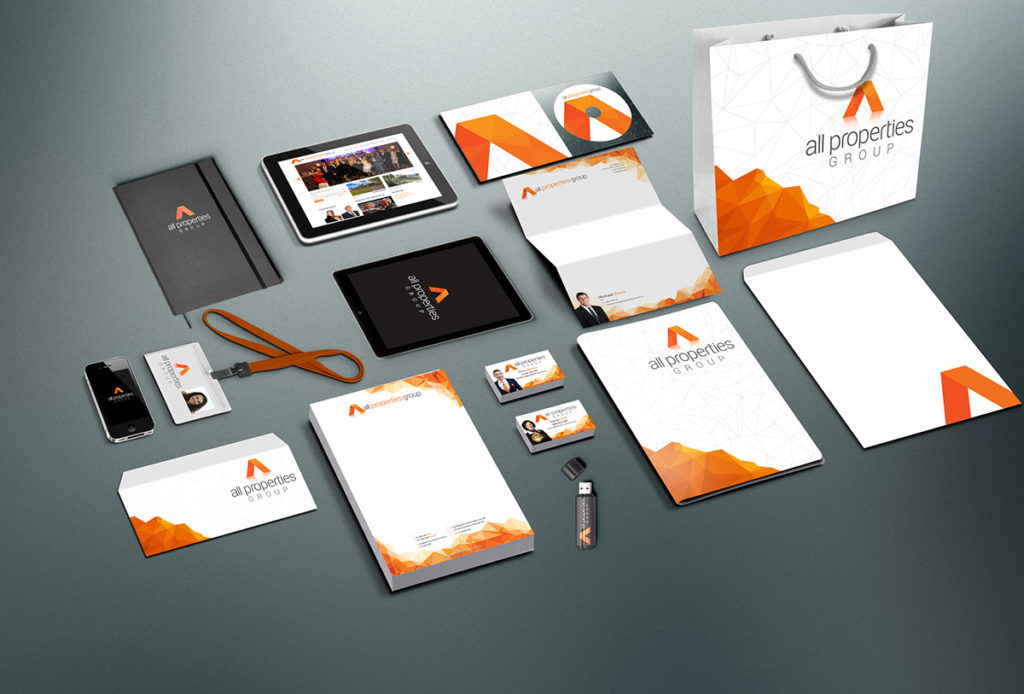
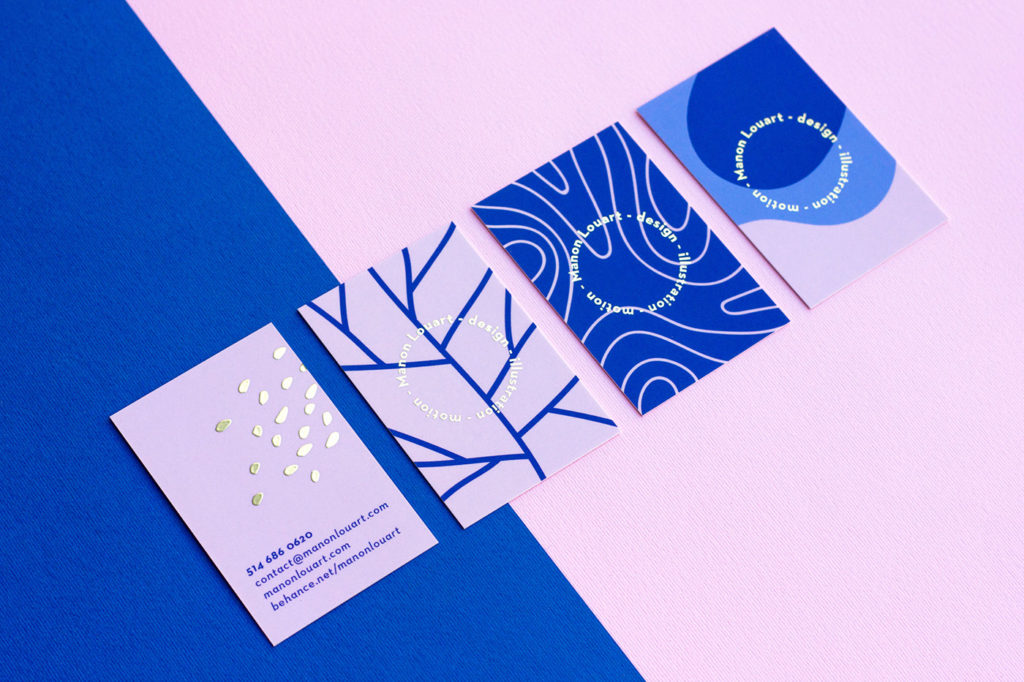
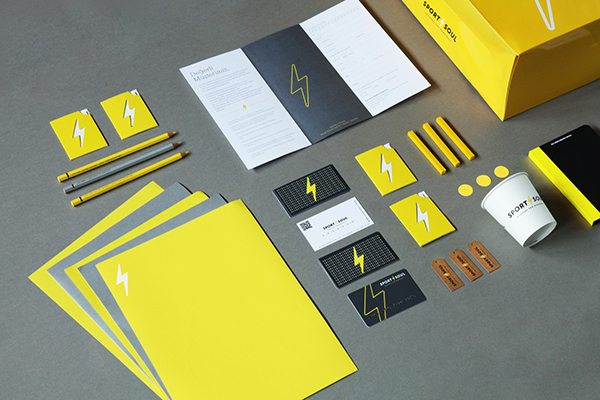
Elements of a full corporate identity proposal.
All design is based upon the premise of function or use. Look at all the things around you right now – they were all once design projects. Each of the objects surrounding you fill a need for a client – from chairs to pencils; from windows to logos. For designers, the big challenge is to satisfy a client’s wishes while producing a design they are proud of. This is where the creative research involved in design is activated. Having mastered their tools, designers use both their background knowledge and visual sophistication to develop a design that is motivating, and for the client, appropriate. The collusion of skills and knowledge is the place where students will find themselves in this course. Creative skills and rigorous, content-relevant knowledge are the practical aspects of design that form the core part of this course.
This upper-division design course will take students through the steps of a specific, challenging design problem. In order to be able to respond to the call of the client, students will need to complete a series of exercises and gain design-specific knowledge. Some of this knowledge is intellectual and historical. It is important to know both the historical route of design and the ways that design is appreciated as a form. Some of that knowledge is practical such as learning software, understanding composition, and color. Learning the software can be overwhelming – there are several applications we will use, and each has a variety of tools, each of which has a number of different uses. Just tools alone could keep us busy all semester. But we will learn within a set of boundaries drawn to enable you to complete the course well. This approach will make it possible for you to enjoy the course, but it will also allow you to leave the course with the ability to go on and develop that software skill to any level you wish.

Project-Based
This course is project-based. You will begin your project work in the first few weeks of the course. More information will be given to students after the first phase of the course is complete:
Weeks 1-4 Skills and Training
Your project description is distributed at the beginning of week 5. This is done purposefully. Not knowing all the details of the project will allow you to focus more intently on the skills building. You will needs skills at the highest level you can to be able to make the project be what you want.
Weeks 5-7 Project Phase 1
Weeks 8-11 Project Phase 2
Weeks 12-14 Project Phase 3
The most important thing for students in this course is to gain the skills to make the designs. Learning this software is a manual skill, but it is exactly what makes your best ideas possible. Rushing through the first part of the course spells disaster.
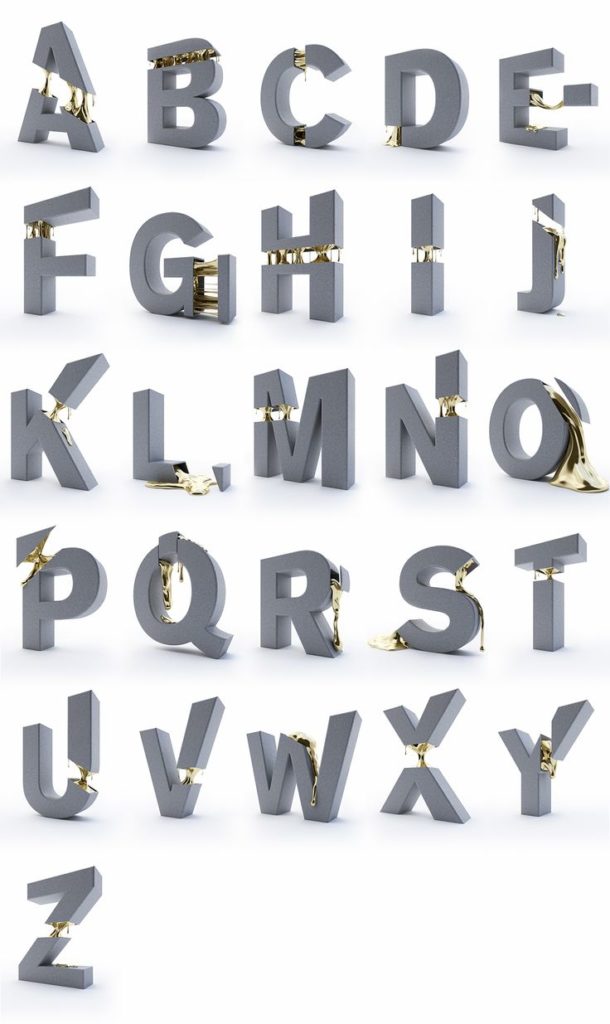
The most important thing for students in this course is to gain the skills to make the designs. Learning this software is a manual skill, but it is exactly what makes your best ideas possible. Rushing through the first part of the course spells disaster.
Students will learn what the semester-long project is at week 4. Before then, students will learn software and do exercises. Describing your project straight away will hamper your ability to make progress because you will be too occupied with it. Learning the skills outside of the project helps you focus on and learn the tools before you start to apply them.
